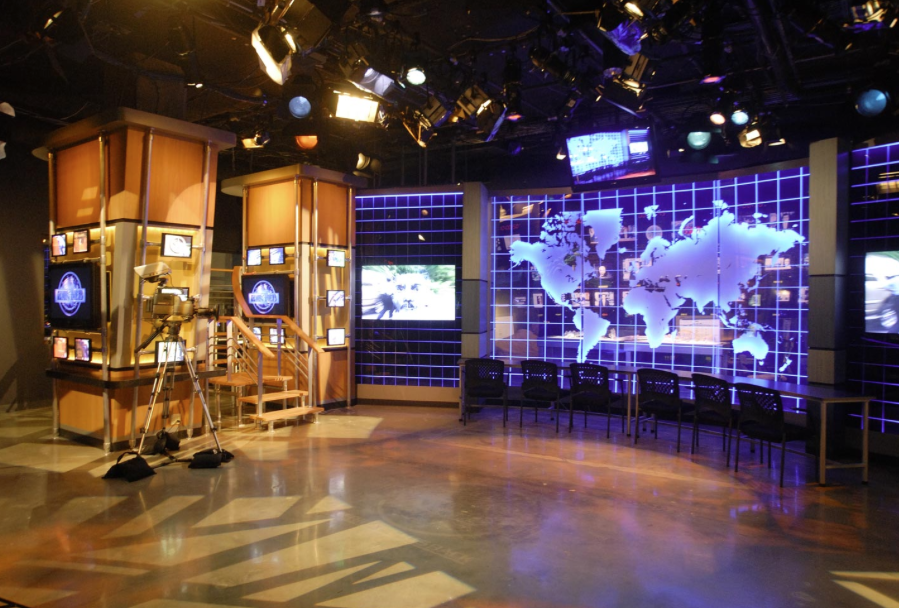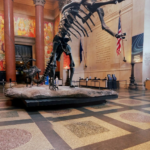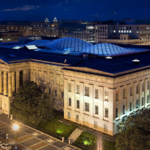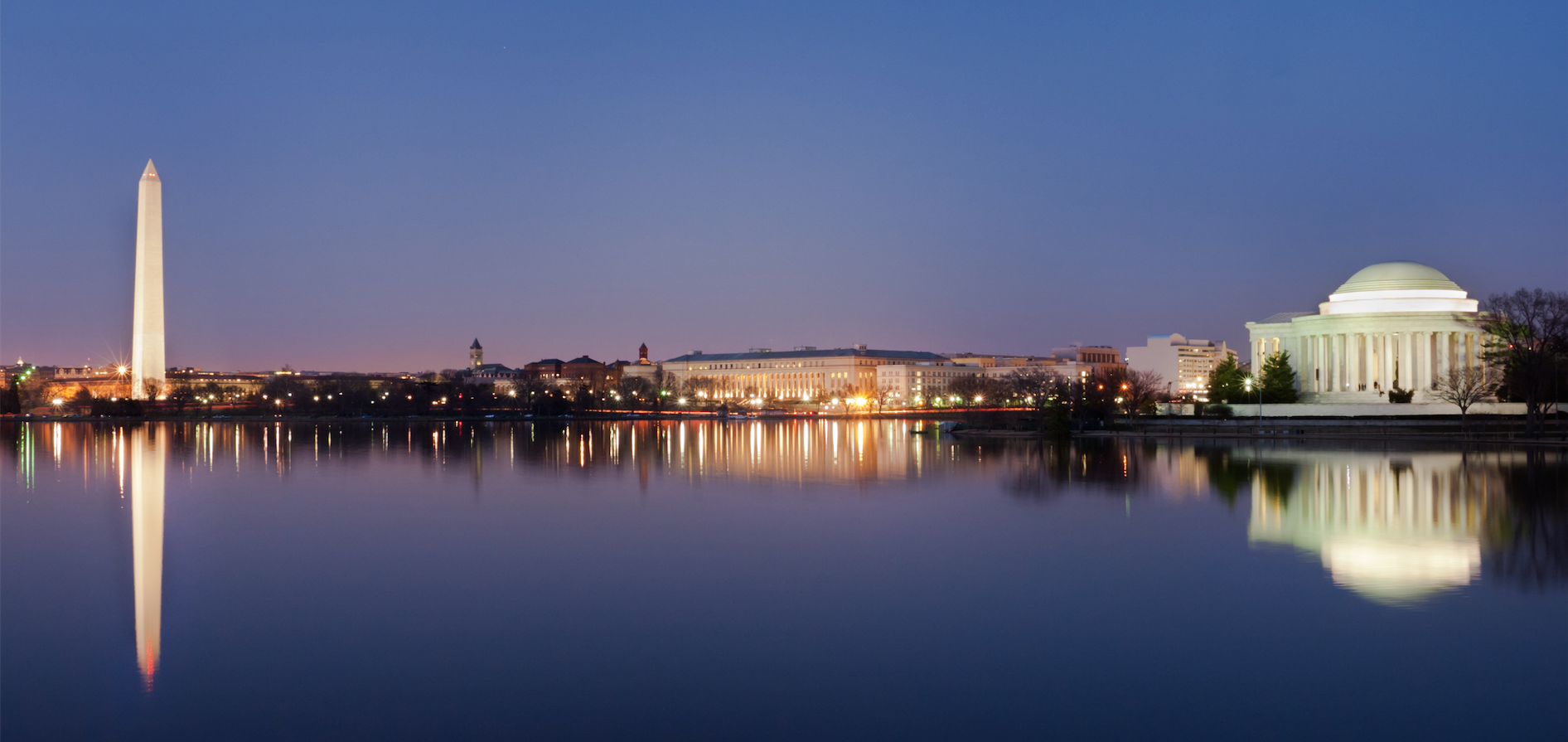

Museums
Wax Museum
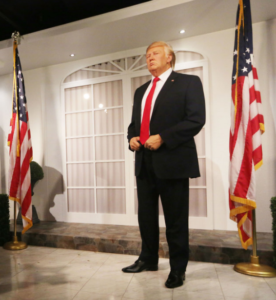
Million and millions of people have flocked through the doors of Madame Tussauds London since they first opened over 200 years ago. Madame Tussauds arrived at the nation’s capital, Washington D.C. in October of 2007.
There are many reasons for this enduring success, but at the heart of it all is good, old fashioned curiosity. Today visitors are sent on a unique journey through the realms of history, power and fame. The museum-style ropes and poles have gone so guests can truly get up close and personal with A-list celebrities, sports legends, political heavyweights and historical icons, reliving times, events and moments that made the world talk about them… Read more
Hillwood Museum and Gardens

Marjorie Merriweather Post bought Hillwood in 1955 and soon decided her home would be a museum that would inspire and educate the public. When she left her northwest Washington, D.C. estate, she endowed the country with the most comprehensive collection of Russian imperial art outside of Russia, a distinguished 18th-century French decorative art collection, and twenty-five acres of serene landscaped gardens and natural woodlands for all to enjoy. Opened as a public institution in 1977, today Hillwood’s allure stems from the equally fascinating parts that make up the whole. From the captivating life of Marjorie Post to the exquisitely maintained Mansion and Gardens, the experience of Hillwood outshines even the Fabergé Eggs. Read more
Newseum

The Newseum — a 250,000-square-foot museum of news — offers visitors an experience that blends five centuries of news history with up-to-the-second technology and hands-on exhibits.
The Newseum is located at the intersection of Pennsylvania Avenue and Sixth Street, N.W., Washington, D.C., on America’s Main Street between the White House and the U.S. Capitol and adjacent to the Smithsonian museums on the National Mall.
The exterior’s unique architectural features include a 74-foot-high marble engraving of the First Amendment and an immense front wall of glass through which passers-by can watch the museum fulfill its mission of educating the public about the value of a free press in a free society and telling the stories of the world’s important events in unique and engaging ways.
The Newseum features seven levels of galleries, theaters, retail spaces and visitor services. It offers a unique environment that takes museumgoers behind the scenes to experience how and why news is made. Learn more
Gardens at Dumbarton Oaks
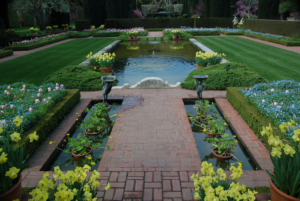
In 1920, after a long and careful search, Mildred and Robert Woods Bliss found their ideal country house and garden within Washington, DC. They purchased a fifty-three-acre property, described as an old-fashioned house standing in rather neglected grounds,
at the highest point of Georgetown. Within a year the Blisses hired landscape gardener Beatrix Farrand to design the gardens. Working in happy and close collaboration for almost thirty years, Mildred Bliss and Beatrix Farrand planned every garden detail, each terrace, bench, urn, and border. Read more…
National Guard Memorial Museum
The National Guard’s rich history is that of dynamic change and continual evolution. For nearly four centuries, Guardsmen from all walks of life have answered the Nation’s call in both peace and war.
As the country’s national museum dedicated to the history of this dynamic organization, the National Guard Memorial Museum takes visitors through 5,600 square feet of images, artifacts and interactive exhibits to tell the story of ordinary men and women who made extraordinary contributions to their communities and their country.
Six core exhibit areas immerse visitors in the Guard of yesterday and today. From colonial times, through the World Wars, to the modern era – timelines, photographs, artifacts, light and sound place visitors in the context of the day while enabling them to interact with exhibits. The museum covers the early Militia Era, the National Guard coming of age, World War II, the Cold War, and the current military and civil missions performed by the modern National Guard.
The National Guard Memorial Museum Mission:
For nearly four centuries, the Citizen Soldier has been our nation’s first response to foreign invasion or natural disaster. From the first organized militia regiments founded in 1636 to the present day, the National Guard Memorial Museum tells the National Guard story.
Through exhibits, educational programming and community outreach, the Museum’s mission is to broaden awareness of the National Guard as an integral part of American society.
National Crime & Punishment Museum
A Notorious History of Crime
From medieval knights and greed-driven pirates to today’s white collar criminals, discover the cast of characters in America’s history of crime. Test your Wild West shooting skills, crack a safe, and try to hack into a computer.
Punishment: The Consequence of Crime
This full-scale model police station proves that crime doesn’t pay, with a booking station, police line-up, lie detector test, and replica jail cell. You will also find the ultimate instruments of punishment, including an electric chair and lethal injection machine.
Crime Fighting
Discover the everyday heroes of law enforcement and the training, equipment and technology they use to keep our world as safe as possible. Experience the exhilaration of high-speed police chase simulators and an FBI shooting range.
Crime Scene Investigation
Find yourself in the middle of a fully intact crime scene with fresh evidence. Begin your investigation, using such forensic science techniques as fingerprinting, ballistics, and DNA testing to solve the crime. Learn about famous cold cases and crime in the media.
America’s Most Wanted Studio
Walk onto the actual television set of America’s Most Wanted with host John Walsh and see how community involvement in fighting crime has led to dramatic results, with more than 1,000 fugitives captured. Free child safety initiatives for patrons include a fingerprint station.
Smithsonian National Postal Museum

The Smithsonian National Postal Museum is located on the lower level of the historic City Post Office Building, which was constructed in 1914 and served as the Washington, D.C., post office from 1914 through 1986. The Museum occupies 75,000 square feet of the building with 23,000 square feet devoted to exhibition space. The Museum also houses a 6,000-square-foot research library, a stamp store and a museum shop.
The Smithsonian’s National Postal Museum is dedicated to the preservation, study and presentation of postal history and philately. The museum uses exhibits, educational public programs and research to make this rich history available to scholars, philatelists, collectors and visitors from around the world.
Visitors enter the Museum through the lobby of the building and proceed to escalators that transport them down to the floor level of the Museum’s 90-foot-high atrium. The atrium, which features three suspended airmail planes, is one of five exhibit galleries that tells the story of postal history in America.
The National Philatelic Collection was established at the Smithsonian in 1886 with the donation of a sheet of 10-cent Confederate postage stamps. Generous gifts from individuals and foreign governments, transfers from government agencies and occasional purchases have increased the collection to today’s total of more than 5.9 million items.
From 1908 until 1963, the collection was housed in the Smithsonian’s Arts and Industries Building on the National Mall. In 1964, the collection was moved to the museum that is now known as the National Museum of American History. There, the collection expanded to include postal history and stamp production. The collection was then moved to its present location and the National Postal Museum opened on July 30, 1993.
In addition to one of the world’s largest collections of stamps and philatelic materials, the National Postal Museum has postal history material that pre-dates stamps, vehicles used to transport the mail, mailboxes and mailbags, postal uniforms and equipment.
Museum and Exhibition Design
The National Postal Museum’s award winning public spaces, shops and support facilities were designed by the Washington, D.C. firm of Florance Eichbaum Esocoff King Architects.
The Museum’s galleries and inaugural exhibitions were designed by Miles Fridberg Molinaroli, Inc. with Bowie Gridley Architects. Support for exhibit fabrication was provided by the Smithsonian’s Office of Exhibits Central, the National Museum of American History’s Department of Exhibits and the National Air and Space Museum.
National Postal Museum Funding
The National Postal Museum opened on July 30, 1993. It was created on November 6, 1990 in a joint agreement between the Smithsonian Institution and the United States Postal Service.
The National Postal Museum receives funding through three primary sources: the United States Postal Service, the Smithsonian Institution’s annual federal appropriation, and gifts from private individuals, foundations, and corporations.
Without the substantial support of the United States Postal Service the National Postal Museum would be unable to create exhibitions, conduct scholarly research, or produce exciting public and educational programs. Each year, the United States Postal Service provides the majority of the Museum’s total operating budget. Learn More.


